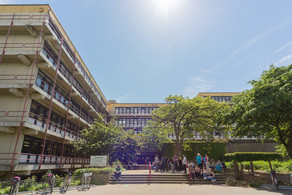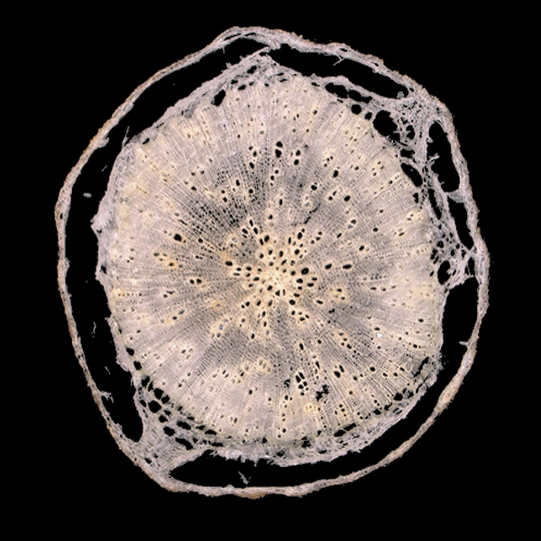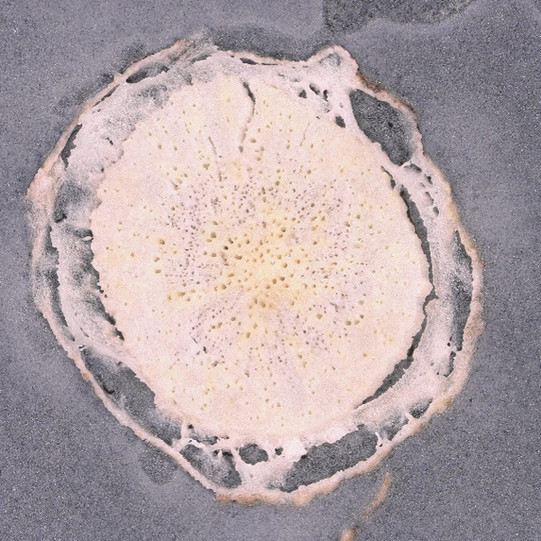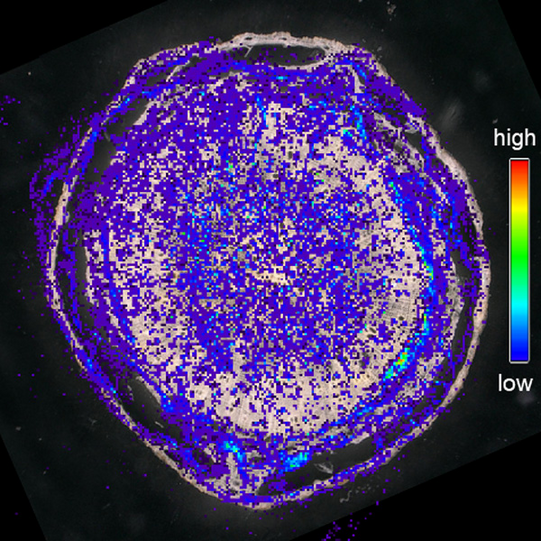Research
Core Facility “Mass Spectrometry”
We use state-of-the-art mass spectrometry techniques such as GC-MS, HPLC-HRMS and MALDI-HRMS as well as tandem mass spectrometry.
Gas chromatography coupled to mass spectrometry (GC-MS) allows the analysis of volatile molecules in the gas phase by first separating the compounds on a capillary column and then breaking each molecule into ionized fragments, which are then detected by their mass-to-charge ratio. A library search is then used to assign these detected fragments to their parent molecule by applying electron impact ionization (EI).
The most commonly used technique in our group is high performance liquid chromatography coupled to high resolution mass spectrometry (HPLC HRMS). Analytes soluble in a suitable liquid mobile phase can be separated using different chromatographic principles (RP, NP, chiral). The subsequent ionization processes (ESI, APCI) are softer and result in the formation of mostly unfragmented quasi-molecular ions, which can be detected with high mass accuracy and resolution (HR) using our Orbitrap mass analyzers. We routinely use this approach for identification and quantification, especially in complex matrices and/or extracts from environmental samples.
Matrix Assisted Laser Desorption Ionization (MALDI) is a special technique we use to identify very sensitive analytes because it's a very gentle form of ionization. Analytes mixed with a special laser energy absorbing matrix are co-crystallized and ionized by a laser pulse. The main disadvantage of this method is the lack of separation, the time-consuming sample preparation and the need for specific optimization of the measurement parameters. In some cases, it has been possible to use the matrix as a semi-inert coating to detect water and oxygen labile compounds, e.g. organometallic compounds.
CMS Environmental research: Investigation of the Uptake and Translocation of Plant Protection Products in Crops
Our main research focus is to understand the uptake and distribution of various xenobiotics such as pesticides or antibiotics in plants. For this purpose, we perform hydroponic plant uptake studies where the plant is in direct contact with a nutrient solution containing the compounds of interest.
Using HPLC-HRMS/MS, we aim to quantify the amount of pesticides and their metabolites in plant compartments (roots, shoots) to gain insight into analyte-specific translocation and metabolism pathways in the plant.
Using MALDI-mass spectrometric imaging (MSI), we are able to elucidate the distribution of environmental contaminants (pesticides, antibiotics) in individual plant organs on the µm-scale. The first step is the preparation of thin sections of plant organs in the cryostat, followed by automated matrix application. Laser desorption of the ionized target compounds at the micrometer scale generates a complete mass spectrum for each position of the sample. This allows us to create images showing the intensity of target compounds in different parts of the plant section, giving an even deeper insight into the uptake/distribution of xenobiotics and endogenous compounds.
Cross section of coriander root neck at different stages of the MALDI-MSI experiment with the final ion image of arginine superimposed on the microscope image shown on the last picture.









